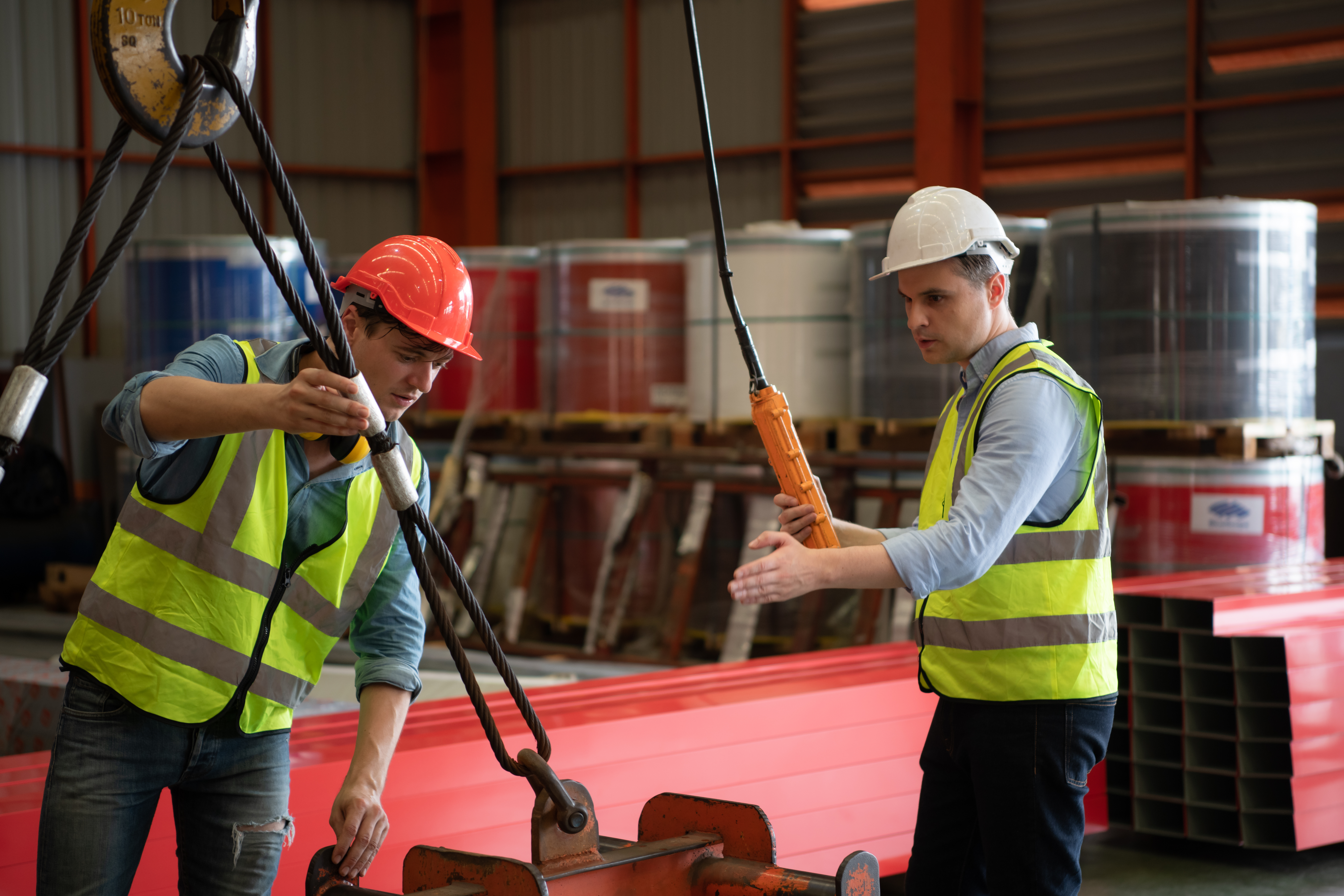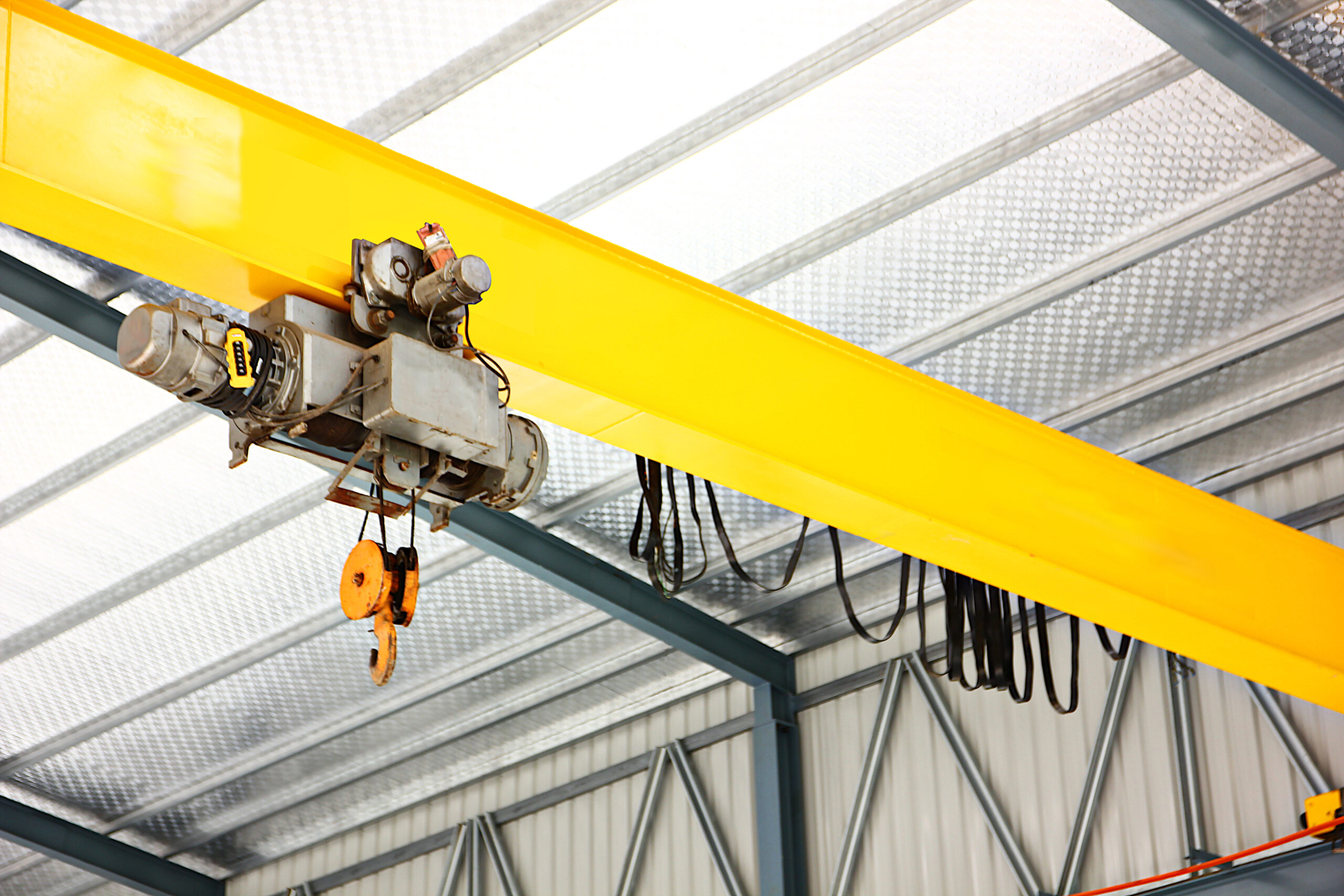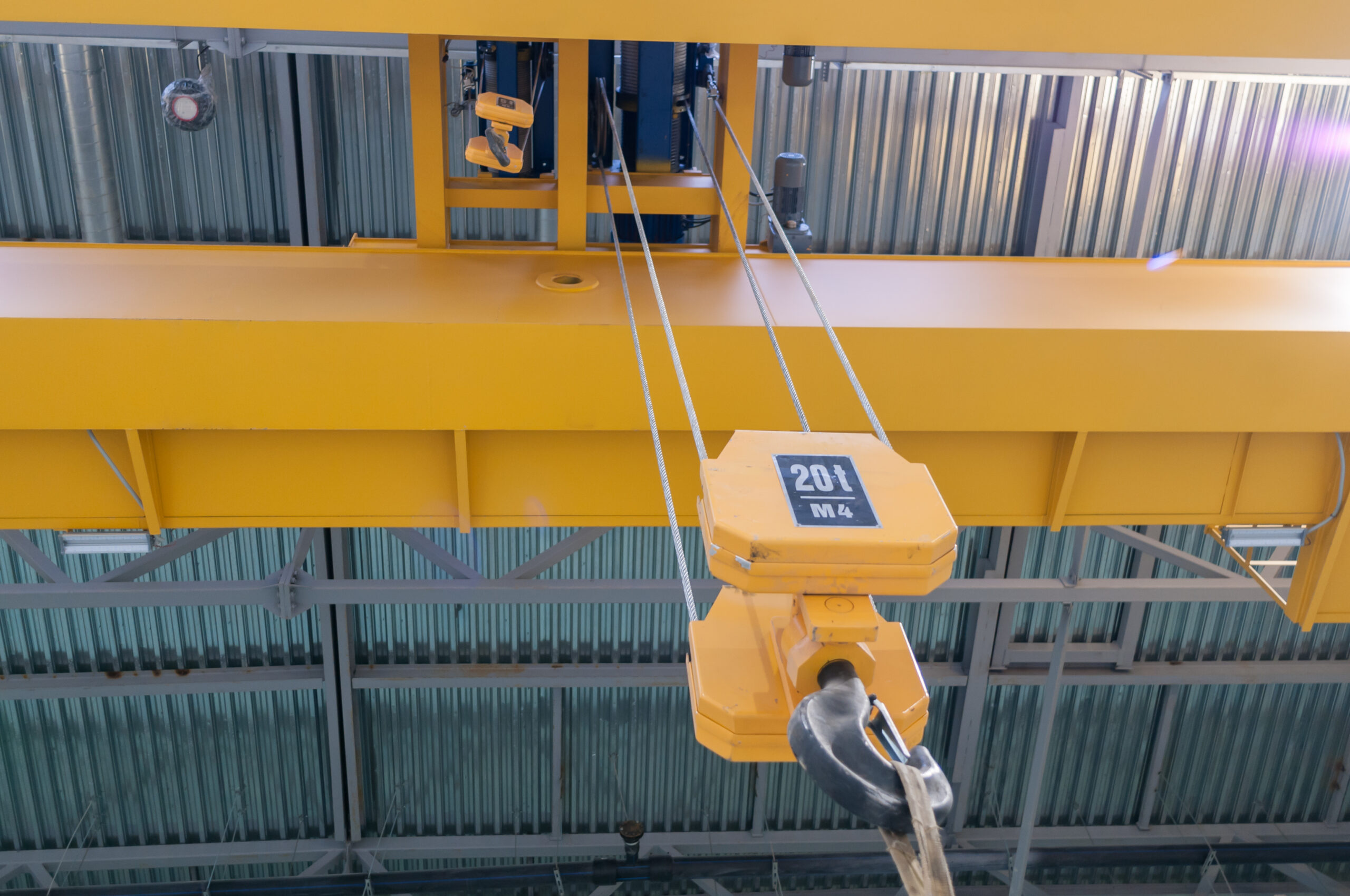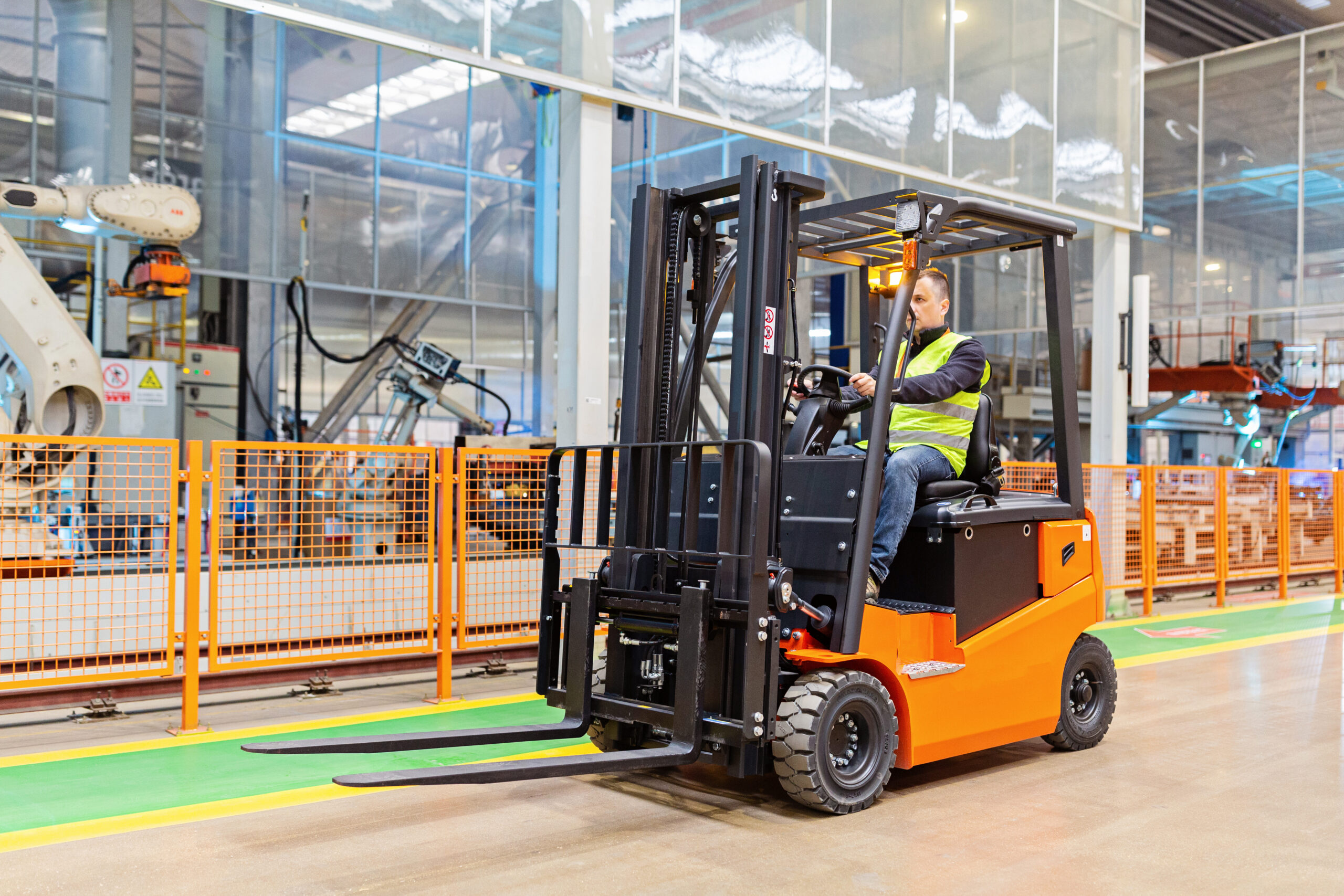
Understanding Tower Cranes in High Rise Construction
When it comes to building high-rise structures, tower cranes play a crucial role. These towering machines help lift heavy materials like steel, concrete, and machinery to heights that regular equipment simply can’t reach. Choosing the right type of tower crane can make a massive difference in a project’s efficiency, safety, and timeline. In this guide, we’ll explore the main types of tower cranes used in high-rise construction, their features, and which projects they work best for.
At American Erecting & Ironworks, we’ve seen firsthand how the right crane can streamline a job site. With over three decades of experience serving Racine, Kenosha, Milwaukee, and parts of Lake County, Illinois, we’ve used nearly every type of crane to help contractors, builders, and manufacturers get the job done right.
Why Tower Cranes Are Important
Tower cranes are the backbone of vertical construction. They are designed to handle heavy loads, reach towering heights, and work in tight urban areas where space is limited. Without them, modern skyscrapers and tall buildings would be incredibly difficult, if not impossible, to construct efficiently.
American Erecting & Ironworks operates a fleet of modern cranes that are specially maintained for high-rise construction tasks. Our NCCCO-certified operators follow strict safety protocols to ensure every lift is performed safely and efficiently. We understand that high-rise construction job sites demand reliability, speed, and precision, all of which are supported by the correct crane selection and operation.
Main Types of Tower Cranes
There are several different types of tower cranes used in construction, each suited to different job requirements. Understanding the strengths of each type can help contractors plan more effectively and improve onsite productivity while ensuring safety and reliability in challenging environments.
1. Hammerhead Tower Cranes
One of the most common types of tower cranes seen at construction sites is the hammerhead crane. It features a horizontal jib that rotates from a stationary tower base.
Key features:
– Precise load positioning
– Heavy-lifting capacity
– Ideal for long-term, high-rise projects
– Jib can carry loads back and forth without moving the base
These cranes are perfect for sites where the crane must remain fixed and perform repetitive lifting tasks. At American Erecting & Ironworks, our team often recommends hammerhead cranes for tall building projects in central urban locations, where space for crane movement is limited and accuracy is key to overall project success.
2. Luffing Jib Tower Cranes
Luffing jib cranes are designed to work in areas with limited space. Unlike hammerhead cranes, their jibs move up and down, which allows them to avoid obstacles such as existing structures and other cranes.
Key features:
– Adjustable jib angle for flexibility
– Excellent for congested or high-rise urban areas
– Can lift very heavy loads to great heights
– Ideal when multiple tower cranes operate on the same site
Luffing jib cranes are commonly selected for construction in densely built environments like downtown Milwaukee. Since American Erecting & Ironworks frequently handles projects in tight urban zones, we keep luffing jib towers in our rotation for optimal flexibility and safety. These cranes are excellent for navigating tough layouts without compromising on power or height.
3. Self-Erecting Tower Cranes
Self-erecting cranes are compact and easy to transport. They are ideal for smaller projects but can also serve important roles in the early stages of high-rise construction or on lower-rise buildings.
Key features:
– Quick setup and takedown
– Remote control operation
– Suitable for small to mid-size building sites
– Minimal space requirements
These cranes are perfect for limited-term projects or locations where setup speed is a priority. At American Erecting & Ironworks, we’ve used self-erecting cranes to help clients meet tight project timelines without compromising on safety or performance. Their ability to function efficiently on smaller sites makes them a go-to option for commercial and multi-family buildings under five stories.
4. Flat-Top Tower Cranes
Flat-top cranes, also called topless cranes, are designed without a traditional mast head, making them ideal for sites with height restrictions or multiple crane setups working close together.
Key features:
– Easier to assemble and disassemble
– Compatible with multiple cranes on the same site
– Lightweight but durable
– Ideal for overlapping working zones
American Erecting & Ironworks often utilizes flat-top cranes when the project requires several cranes to work in tandem. Their innovative design helps reduce setup time and allows smoother coordination between crane operators. Flat-top cranes are particularly useful in cities like Racine where adjacent construction projects may require more than one crane in operation at a time.
5. Climbing Tower Cranes
Climbing cranes are unique because they can grow with the building as construction progresses. Once the crane is joined to the building’s core structure, it can be raised upward to stay above the growing construction.
Key features:
– Increases height as the building rises
– High load capacity even at tall heights
– Attached directly to the building for stability
– Great for super high-rise constructions
In projects involving skyscrapers or structures above 20 stories, climbing tower cranes are a must. American Erecting & Ironworks has supported several projects where climbing cranes enable seamless vertical building by reducing the need for crane disassembly and repositioning. These cranes are crucial for large-scale urban development and contribute significantly to project cost savings in the long term.
How to Choose the Right Tower Crane
Selecting the right crane for your high-rise construction project depends on several factors. Contractors need to consider site size, lifting capacity needs, the building’s height, local regulations, weather conditions, and how many cranes are operating simultaneously. Improper planning can lead to delays, safety issues, and budget overages.
Here are a few tips from the crane experts at American Erecting & Ironworks:
– For tight urban sites, use luffing jib or flat-top cranes
– For long-term, fixed-position use, hammerhead cranes are preferable
– Climbing cranes are best for tall skyscraper projects
– Use self-erecting cranes when speed and space are top priorities
– Match crane lifting capacities to your load requirements
Consulting with a crane specialist can help you avoid costly errors, delays, or safety hazards. That’s why American Erecting & Ironworks always provides expert guidance to match the perfect crane to your unique job specifications. We work closely with project managers and engineers from start to finish, ensuring the right crane strategy is in place and adjusted as the job evolves.
Other Crane Services from American Erecting & Ironworks
At American Erecting & Ironworks, our crane services go beyond providing the right crane type. We support our clients with a full range of additional services including:
– Equipment Rental: Choose from forklifts, rough terrain telehandlers, and genie boom lifts with flexible rental terms.
– Machinery Moving: Safe, expert machine moving tailored to your schedule, even on weekends and holidays.
– Steel Sales: Pick from a wide range of beams and columns for your structural steel needs.
– Crane Services: NCCCO-certified operators and a late-model fleet ensure every lift is reliable and secure.
Everything we do is backed by over three decades of experience, technical knowledge, and a strong focus on safety. We’ve built long-term relationships based on trust and a job well done because, as a second-generation, family-owned company, your success is our business.
In addition, American Erecting & Ironworks continuously invests in training, certifications, and modern equipment to ensure we stay ahead of industry standards. From high-rise construction to industrial installations, our team is equipped to handle all crane-related needs with precision and professionalism.
Contact American Erecting & Ironworks
If you’re planning a high-rise construction project and need expert tower crane services, American Erecting & Ironworks is here to help. We’re proud to serve Racine, Kenosha, Milwaukee, and neighboring regions with dependable crane and rigging services.
To request a quote or learn more about the types of tower cranes we offer, visit AEAIWI.COM or give us a call at (262) 637-7177. Our office is located at 2108 Clark St, Racine, WI 53403, and we’re open Monday through Friday from 7:00 AM to 4:30 PM.
Don’t risk project delays or safety concerns—talk to the tower crane specialists at American Erecting & Ironworks today and get the right crane for your job, every time. When reliability, safety, and experience matter, make American Erecting & Ironworks your first call.





